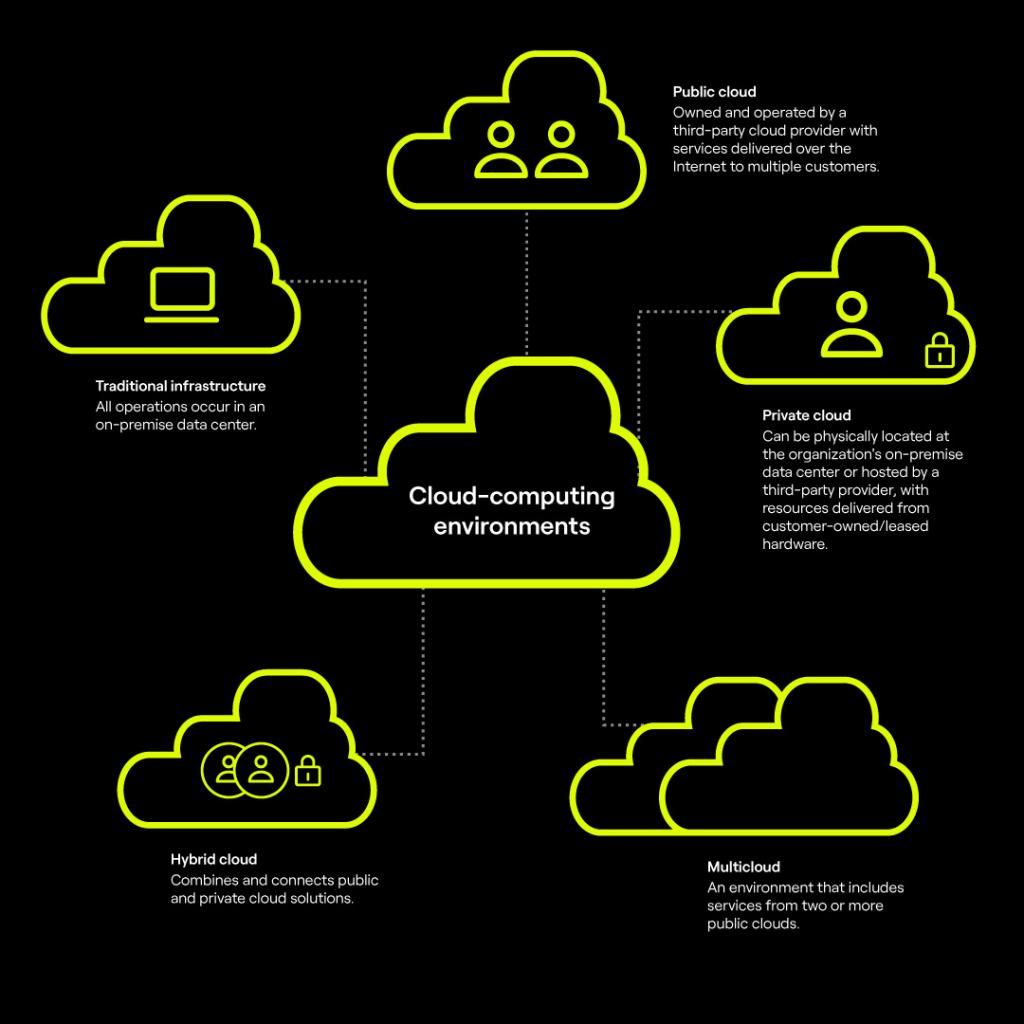
Building Resiliency for Cloud-Based Connectivity
87% of organizations experience business acceleration from their use of the Cloud
Organizations across the globe will continue to embrace Cloud infrastructure to achieve higher transparency, greater visibility in data and processes, and support for a hybrid workforce. With the many advantages of an always available, robust, on-demand, and scalable multi-location IT infrastructure, it comes as no surprise that 87% of organizations experience business acceleration from their use of the Cloud.
But along with the benefits, there is an urgent need to ensure resiliency for uninterrupted connectivity to the Cloud that includes improved accessibility, resiliency, and uptime, in order to keep operations running smoothly. As downtime is now more expensive than ever, with costs exceeding $1 million to over $5 million, exclusive of any legal fees, fines, and/or penalties, Cloud resiliency is paramount.
Potential risks need to be identified and resilience built into the Cloud connectivity environment from end to end
As Cloud connectivity is implemented or updated, organizations must analyze how best to achieve resiliency at every step of data transport to proactively protect against possible disruptions and enable speedy recovery without loss when there is an inevitable disruption. Potential risks need to be identified and resilience built into the Cloud connectivity environment from end to end.
When building resilient Cloud-based connectivity, consider the following options to determine what will work best for your organization and risk tolerance.
Cloud Connectivity Providers
Organizations have increasingly turned to Cloud Connectivity providers to help plan and support their network infrastructure, primarily to reduce IT OPEX, CAPEX, and other costs while increasing the efficiency of computing resources. To ensure resiliency, check to see if the connectivity provider meets these standards:
- The provider has at least 2 logical and physical gateways connecting the provider’s infrastructure to the Cloud provider.
- The provider's core itself is multi-connected so that if there is any failure, there are multiple routes that go around the failure (i.e., no single point of failure).
- The connectivity can handle the criticality and resiliency of your workload.
Cloud Provider
Some Cloud providers, such as Microsoft, allow you to split connectivity among multiple connectivity providers at a single location, so you must ensure that the providers you choose have all the attributes you need for diversity and resilience.
Since there are no formal multivendor Cloud agreements in which one provider handles failover for another, replicating workloads in multiple Clouds can come with significant architectural problems and high costs. In this scenario, it may be best to go with a single connectivity provider who can provide separate redundant paths to get connection, equipment, and location resiliency

Customer to Cloud Connectivity Provider
Ideally, the best scenario is when your organization makes choices for resiliency that align with the amount of risk you can accept. Consider the following:
- Elastic Computing is one of the most important features of Cloud computing. When building applications for the Cloud, you can have compute processes built resiliently in either the current region or across regions. So, if one environment fails, it can run in the other environment.
- Database Replication enhances the resilience and reliability of systems by storing data at multiple sites across the network. That means data access can still occur from a different site in case of disruption since it helps ensure 24/7/365 access to data across all geographies.
- Application Diversity improves resiliency by having an alternate Cloud environment or a hosted solution to failover your operations, and is key to a truly redundant solution. For example, if you run your production workloads in one Cloud, then it might be good to have a failover option into another Cloud or hosted environment so that if one Cloud goes down, you have another environment to which you can send and run your operations.
- Software Development. When developing applications for the Cloud, they need to be built in a modular, high-availability fashion that can be executed on a robust infrastructure.
- Cost vs. Risk Assessment. Risk assessments help identify and, more importantly, prioritize activities an enterprise needs in order to address the most serious threats and vulnerabilities.
Lightpath is the perfect choice for all your Cloud connectivity needs, with bandwidth options up to 100 Gbps. Our network experts use a consultative approach to understand your business and design, deliver, and support a solution for your unique resiliency requirements. To learn how Lightpath can provide your organization with resilient connectivity to the Cloud, visit lightpathfiber.com.